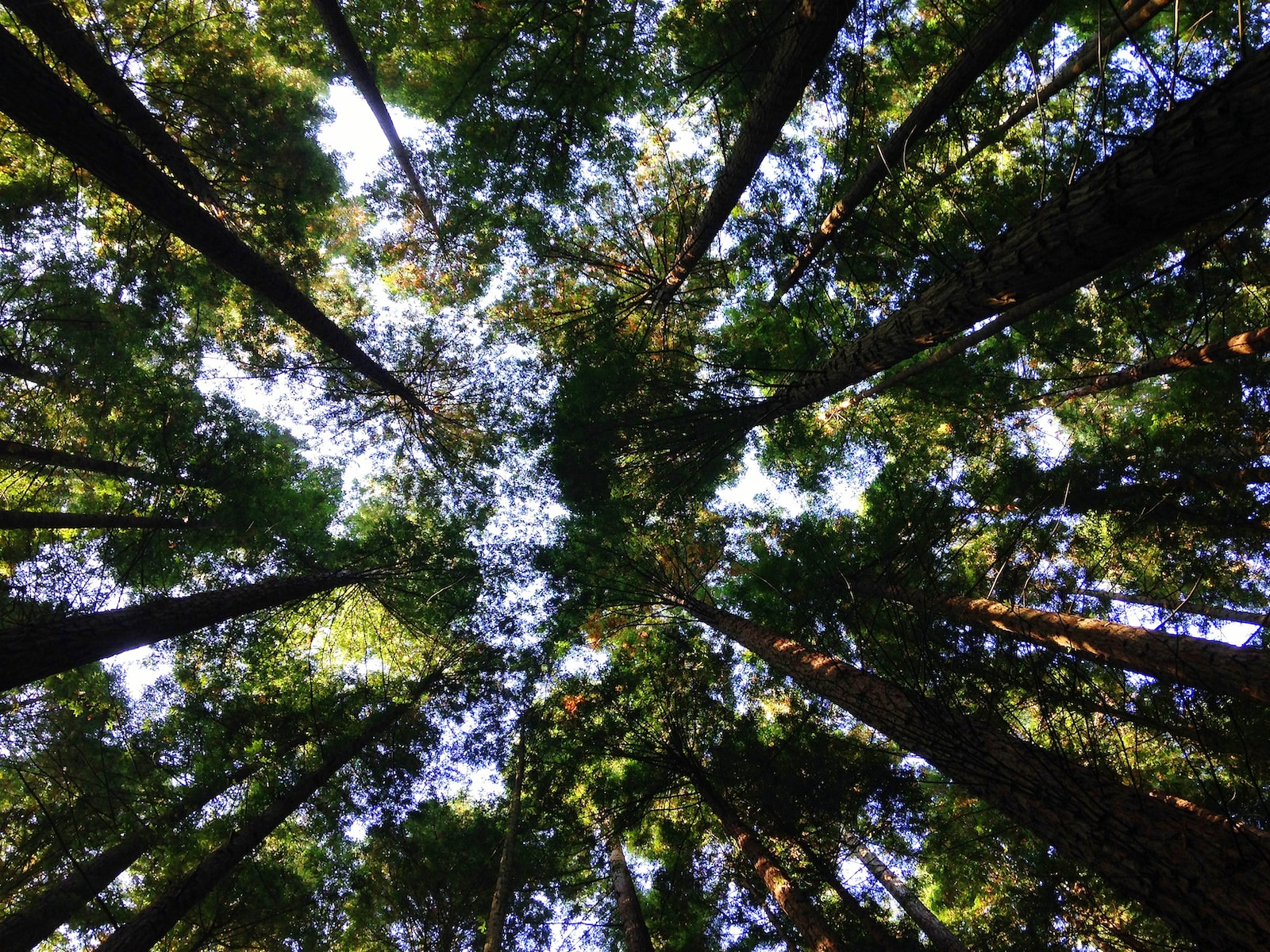Table of Contents
ToggleIntroduction:
The environment is the sum of all the living and non-living things that make up the planet we call home. It is the air we breathe, the water we drink, the food we eat, and the habitats that support all forms of life. The environment is a complex and interconnected system, and its health is essential for the survival and well-being of all living beings. However, human activities have had a profound impact on the environment, causing widespread pollution, deforestation, and loss of biodiversity. In this essay, we will explore the importance of environmental conservation and preservation, and practical ways we can all make a difference.
Section 1: The Importance of Environmental Conservation
Environmental conservation is the responsible use and management of natural resources to ensure their availability for future generations. It involves reducing waste, recycling, and using renewable resources such as solar and wind energy. Environmental conservation is essential for several reasons.
1.1. Biodiversity:
Conservation helps protect the planet’s biodiversity by preserving habitats and ecosystems that support various plant and animal species. It helps maintain the balance of nature and ensures the survival of endangered species.
1.2. Climate change:
Environmental conservation helps mitigate the effects of climate change by reducing greenhouse gas emissions and promoting sustainable practices. It helps preserve the planet’s natural resources, such as forests and oceans, that absorb carbon dioxide and other pollutants.
1.3. Human health:
Environmental conservation helps protect human health by reducing exposure to harmful pollutants and promoting clean air and water.
Section 2: The Importance of Environmental Preservation
Environmental preservation is the protection of natural resources from human activities that can harm them. This involves protecting habitats, ecosystems, and other natural resources from pollution, deforestation, and other destructive activities. Environmental preservation is important for several reasons.
2.1. Resource conservation:
Preservation helps preserve natural resources such as forests, oceans, and wildlife for future generations. It ensures that these resources remain available for their intended purposes, such as providing clean air and water and supporting biodiversity.
2.2. Cultural preservation:
Environmental preservation helps preserve cultural heritage by protecting places of cultural importance, such as historic sites and natural landmarks.
2.3. Economic benefits:
Preservation can provide economic benefits by promoting eco-tourism and sustainable resource use. It can also reduce the economic costs of environmental damage, such as cleaning up polluted environments.
Section 3: Practical Ways to Make a Difference
Everyone can make a difference in environmental conservation and preservation by adopting more sustainable practices in their daily lives. Here are some practical ways to make a difference.
3.1. Reduce, reuse, and recycle:
Reduce waste by using reusable bags, water bottles, and containers. Reuse items such as clothing and furniture, and recycle whenever possible.
3.2. Use sustainable energy sources:
Use renewable energy sources such as solar and wind power to reduce reliance on fossil fuels.
3.3. Support environmentally-friendly products:
Choose products made from sustainable materials and support companies that promote eco-friendly practices.
3.4. Conserve water:
Reduce water waste by fixing leaks, using low-flow fixtures, and landscaping with drought-resistant plants.
Conclusion:
The environment is a precious resource that sustains all life on Earth. Environmental conservation and preservation are essential for the health and well-being of our planet and all living beings. By adopting more sustainable practices in our daily lives, we can make a difference in preserving the environment for future generations. Let us all do our part to protect and conserve the environment.







